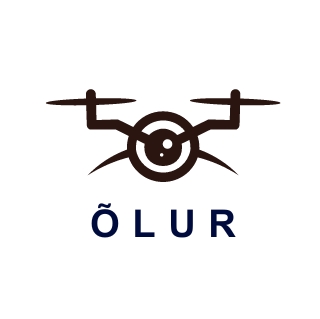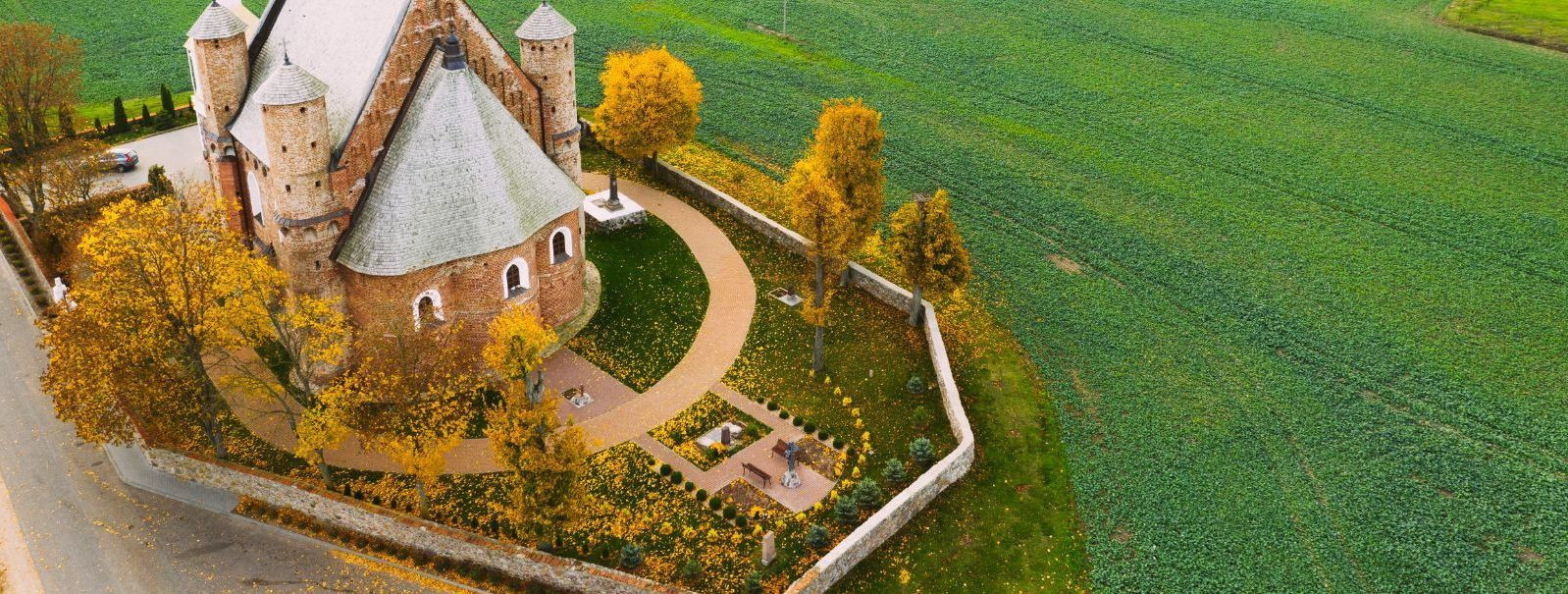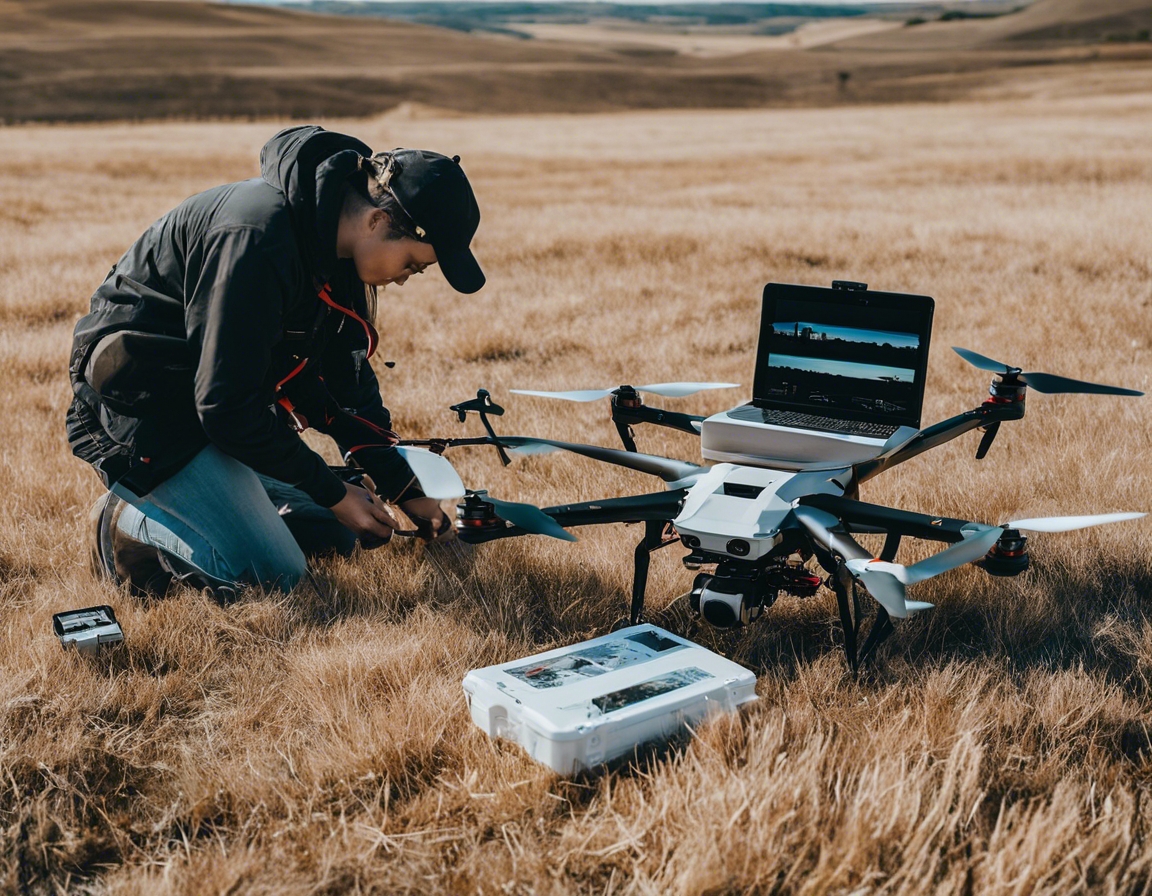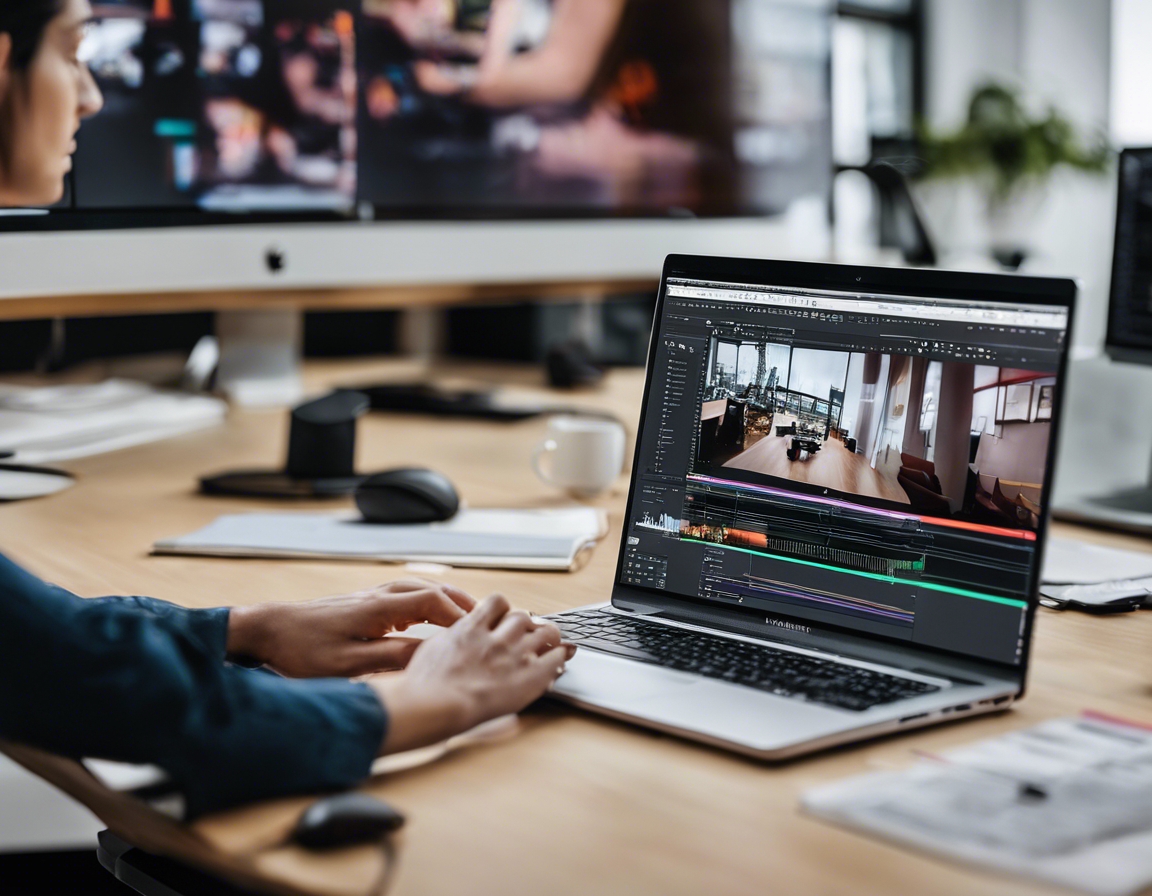The future of storytelling: aerial videography insights
Storytelling has been an integral part of human culture, evolving from oral traditions to the written word, and now to the digital age. The way we tell stories is constantly changing, adapting to new technologies that offer fresh perspectives and captivating experiences. Aerial videography is one such innovation that has transformed the landscape of visual storytelling.
Aerial videography is the art of capturing moving images from the sky, typically using drones equipped with high-resolution cameras. It offers a bird's-eye view of the world, providing unique angles and perspectives that ground-based cameras simply cannot achieve. This form of videography has become increasingly popular for its ability to add depth, grandeur, and a sense of scale to any narrative.
The Impact of Aerial Videography on Various Industries
For marketing agencies, aerial videography is a game-changer. It enables the creation of compelling advertisements and promotional videos that stand out in a saturated digital environment. Stunning aerial shots can capture the essence of a brand, product, or service in a way that resonates with audiences and leaves a lasting impression.
Real estate firms utilize aerial videography to showcase properties from a unique vantage point. It provides potential buyers with a comprehensive view of the property, its surroundings, and the neighborhood, helping them make informed decisions. Aerial videos can also highlight features that are difficult to appreciate from the ground, such as large estates, sprawling landscapes, and waterfront locations.
Tourism boards leverage aerial videography to promote destinations with breathtaking visuals of landscapes, landmarks, and cultural events. These videos can evoke emotions and a sense of wanderlust, encouraging viewers to explore new places.
Event organizers use aerial footage to capture the scale and energy of events, from festivals and concerts to sports competitions and corporate gatherings. Aerial videos offer a comprehensive overview of the event layout, attendee interactions, and the overall atmosphere, providing valuable content for promotional and recap purposes.
Individual content creators are adopting aerial videography to enhance their storytelling, whether for personal projects, social media content, or independent films. The accessibility of consumer drones has opened up new possibilities for creative expression and storytelling that were once reserved for high-budget productions.
Technological Advancements in Aerial Videography
The rapid advancement of drone technology has made aerial videography more accessible and affordable. Modern drones are equipped with cameras that can shoot in 4K or even 8K resolution, offering incredible detail and clarity. Gimbal stabilization systems ensure smooth footage, even in challenging weather conditions.
Post-production plays a crucial role in aerial videography. Advanced software and editing tools allow videographers to enhance footage, correct colors, and add effects that bring their vision to life. These tools also enable the seamless integration of aerial footage with ground-based shots, creating a cohesive narrative.
As aerial videography grows in popularity, regulations and legal considerations become increasingly important. Videographers must navigate airspace restrictions, privacy laws, and safety guidelines to ensure responsible and compliant use of drones for filming.
Storytelling Techniques with Aerial Footage
Aerial footage can be much more than just beautiful shots; it can be used strategically to tell a story. By carefully planning shots and considering the sequence of scenes, videographers can use aerial videography to build a narrative that guides the viewer through the story.
The visual composition of aerial footage is key to its impact. The use of leading lines, symmetry, and patterns can create visually stunning scenes that captivate viewers. Additionally, the time of day and weather conditions can dramatically affect the mood and tone of the footage, contributing to the storytelling.
For a truly immersive storytelling experience, integrating ground and aerial footage is essential. This combination allows for a dynamic range of shots that can convey the full scope of a story, from intimate close-ups to grand, sweeping landscapes.
The Role of Aerial Videography in Future Storytelling
Looking ahead, aerial videography is set to play a significant role in the future of storytelling, particularly with the rise of virtual reality (VR) and augmented reality (AR). These technologies can transport viewers to new worlds, offering 360-degree aerial experiences that are more immersive than ever before.
Interactive storytelling is another area where aerial videography can shine. By incorporating user-driven elements, viewers can engage with the story in a more meaningful way, choosing different perspectives and exploring content at their own pace.
As technology advances, the potential for personalized content grows. Aerial videography could be tailored to individual viewer preferences, creating unique experiences that resonate on a personal level. This level of customization could redefine the way we consume and interact with stories.






Comments (0)